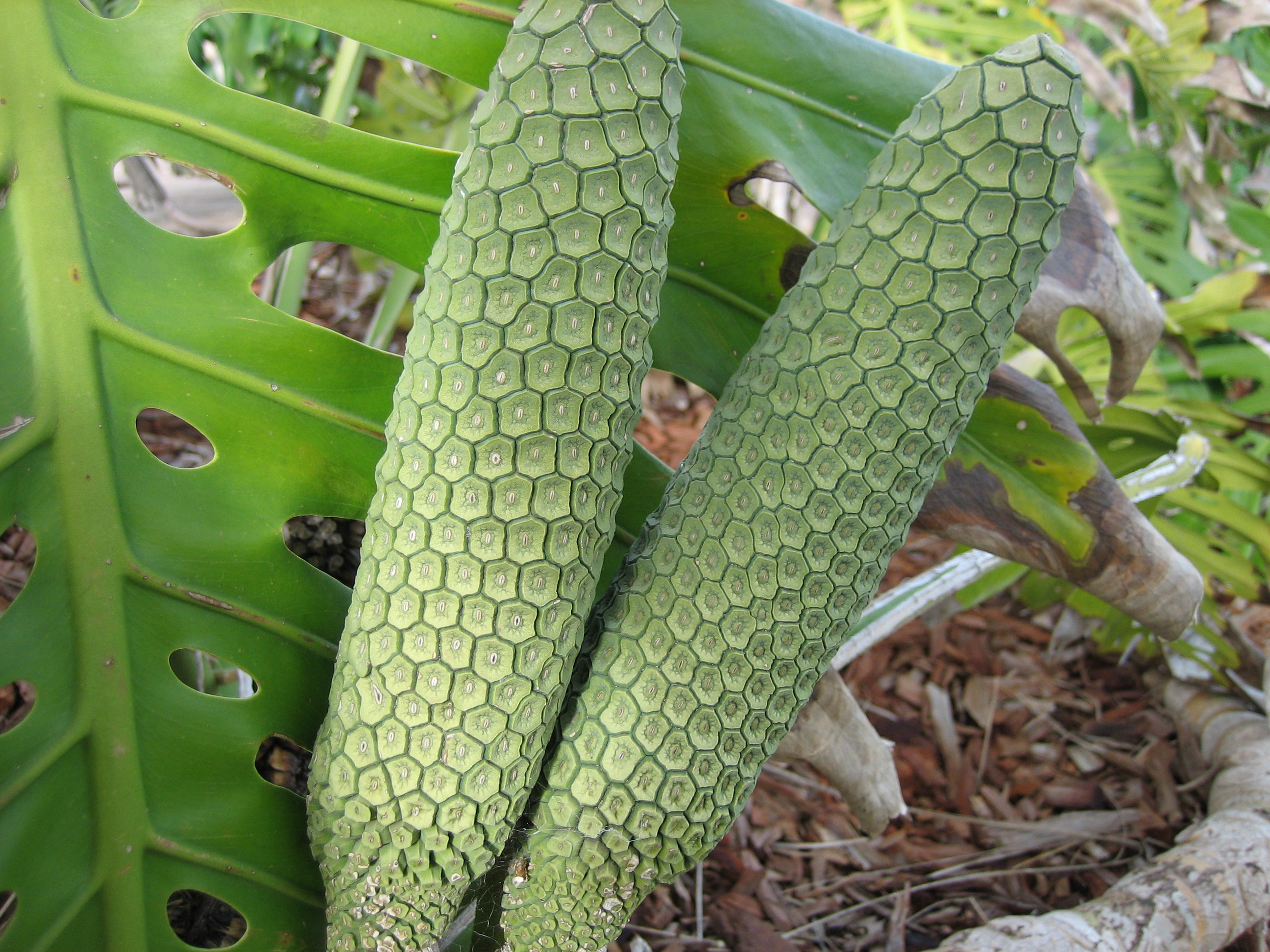|
Monstera Dubia
''Monstera dubia'' is a species of plant in the genus ''Monstera'' native to Central and South America. ''M. dubia'' is known for the dramatic transformation its foliage makes as it climbs from seed stage on the forest floor, to shingling closely up a host tree trunk or other surface, until mature leaves with fenestrations similar to Monstera deliciosa appear. This transformation is an example of leaf dimorphism. ''Dubia'' refers to dubious, because authors were not certain that the species fell within the genus ''Marcgravia ''Marcgravia'' is a genus of plants in the Marcgraviaceae family commonly eaten by the dwarf little fruit bat. The genus is native to the Caribbean Islands, Central America, and South America, and genus is named in memory of the German naturalist ...,'' where it was initially placed. References External links Monstera Dubia Care* dubia Plants described in 1825 {{Araceae-stub ... [...More Info...] [...Related Items...] OR: [Wikipedia] [Google] [Baidu] |
Monstera
''Monstera'' is a genus of 59 species of flowering plants in the arum family, Araceae, native to tropical regions of the Americas. Etymology The genus is named from the Latin word for "monstrous" or "abnormal", and refers to the unusual leaves with natural holes that members of the genus have. Description Growth pattern They are herbs or evergreen vines, growing to heights of in trees, climbing by means of aerial roots which act as hooks over branches; these roots will also grow into the soil to help support the plant. Since the plant roots both into the soil and over trees, it is considered a hemiepiphyte. Leaves The leaves are alternate, leathery, dark green, very large, from long (up to long in ''M. dubia'') and broad, often with holes in the leaf blade. The fenestrated leaves allow for the leaves to spread over greater area to increase sunlight exposure, and to allow light to reach other leaves below, by using less energy to produce and maintain the leaves. ... [...More Info...] [...Related Items...] OR: [Wikipedia] [Google] [Baidu] |
Monstera Deliciosa
''Monstera deliciosa'', the Swiss cheese plant or split-leaf philodendron is a species of flowering plant native to tropical forests of southern Mexico, south to Panama. It has been introduced to many tropical areas, and has become a mildly invasive species in Hawaii, Seychelles, Ascension Island and the Society Islands. It is very widely grown in temperate zones as a houseplant. The common name "Swiss cheese plant" is also used for the related species from the same genus, ''Monstera adansonii''. The common name "split-leaf philodendron" is also used for the species '' Thaumatophyllum bipinnatifidum'', although neither species are in the genus ''Philodendron''. Names The specific epithet ''deliciosa'' means "delicious", referring to the edible fruit. The genus ''Monstera'' is named from the Latin word for "monstrous" or "abnormal", and refers to the unusual leaves with natural holes that members of the genus have. Its popular name as a houseplant of "Swiss cheese plant", or j ... [...More Info...] [...Related Items...] OR: [Wikipedia] [Google] [Baidu] |
Deni Bown
Deni Bown is a writer from Norfolk, England. She is also a photographer and consultant and has a special interest in herbs and gardening. She has travelled to remote places worldwide for research in order to write many books on plants. Bown is a self-taught botanist, and had pursued a career in horticulture (organic smallholding, growing orchids and herbs) before taking up writing. In 1997, after working for several years as a council member, she became chairman of The Herb Society of America In general use, herbs are a widely distributed and widespread group of plants, excluding vegetables and other plants consumed for macronutrients, with savory or aromatic properties that are used for flavoring and garnishing food, for medicinal .... Selective Bibliography Awards and recognition References English women writers Living people Year of birth missing (living people) People from Breckland District {{England-writer-stub ... [...More Info...] [...Related Items...] OR: [Wikipedia] [Google] [Baidu] |
Marcgravia
''Marcgravia'' is a genus of plants in the Marcgraviaceae family commonly eaten by the dwarf little fruit bat. The genus is native to the Caribbean Islands, Central America, and South America, and genus is named in memory of the German naturalist Georg Marcgraf. The plant is visited by Thomas's nectar bat. General information ''Marcgravia'' is a genus of terrestrial vines. It was named after George Marcgraf who first saw it on a voyage to Brazil. ''Marcgravia'' is classified as a sub-parasitical shrub. ''Marcgravia'' is pollinated by Thomas's nectar bat. '' Marcgravia rectiflora'', '' Marcgravia sintenisill'', '' Marcgravia tobagensis'' and '' Marcgravi trinitatis'' are species of ''Marcgravia''. Locations *Belize, *Bolivia, *Brazil North, *Brazil Northeast, *Brazil South, *Brazil Southeast, *Brazil West-Central, *Central American Pac, *Colombia, *Costa Rica, *Cuba, *Dominican Republic, *Ecuador, *French Guiana, *Guatemala, *Guyana, *Haiti, *Honduras, *Jam ... [...More Info...] [...Related Items...] OR: [Wikipedia] [Google] [Baidu] |

